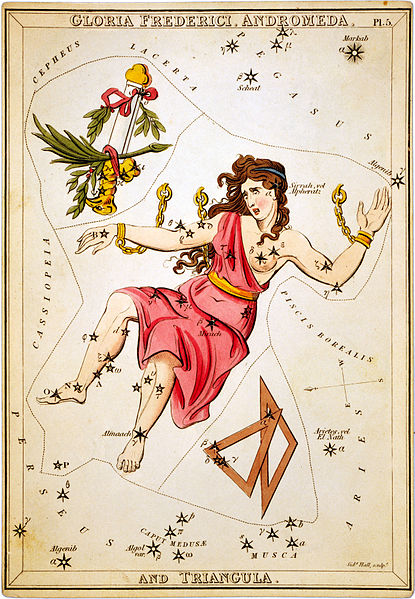One of my biggest problems about the story of the Two Brothers was that both of the women in the tales were manipulative and evil; all of the men seemed to be victims of their treachery, like the brothers, or heroes against the actions of said women, like Ra. While the magic in the story is interesting, it's kinda of put to the wayside by the conflicts of the tale. It would be more interesting to see how the magic is interwoven into the plot, rather than just a overlooked plot point. For example, the appearance of crocodiles in between the brothers fighting might be more interesting if the crocodiles did something, like attack, to make the brothers interact and work together to save themselves and solve their differences. I liked the theme of brotherly/familial love. It was interesting to see to see the relationship grow and change with the circumstances that they were put under.
One of the things I like is the descriptions of who the characters are at the beginning of the story. In the Book of Thoth, the main character is explained by his relationships to other people. However, this doesn't give me a physical description of the characters, which makes it hard to visual who each person is. Sometimes, people's physicality depicts who they are as a person. In this story, women are provided a necessary and important role to play, and they seem to be much more respectable than the two females in the previous story. However, I do think that it would be more interesting to give the role of the main character to a woman; in this time, it would be uncommon and certainly make some people mad.
 |
| Thoth meme. Found on Reddit. |
The interesting story about the king was that it provided more gruesome details than those of the other stories. I like that the author didn't hold back. The only part I didn't like about the story is that the king's daughter's hand in marriage was given as a present for the hero's victory.
Bibliography: Egyptian Myth and Legend by Donald Mackenzie, link to online reading.





.jpg)

